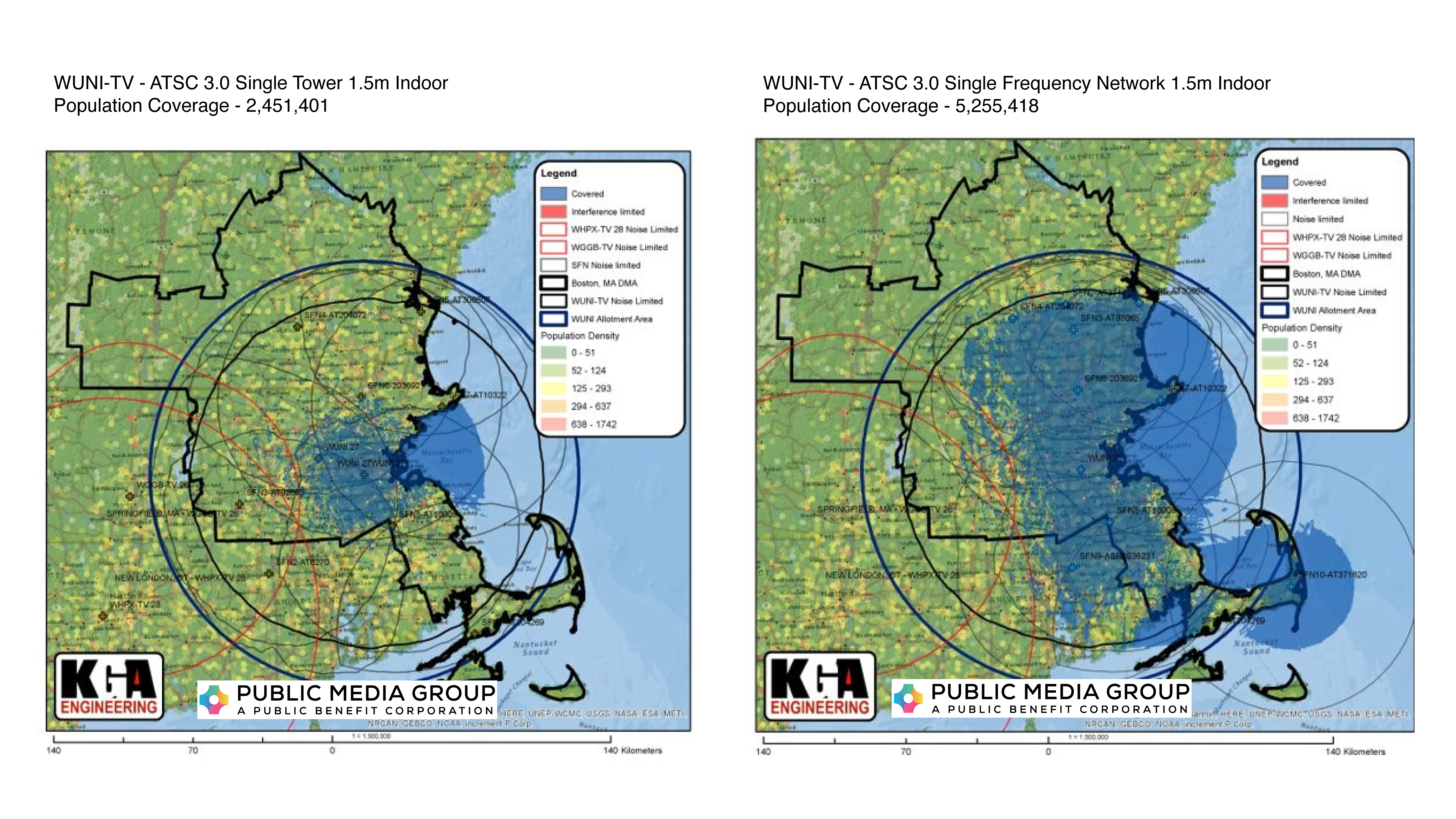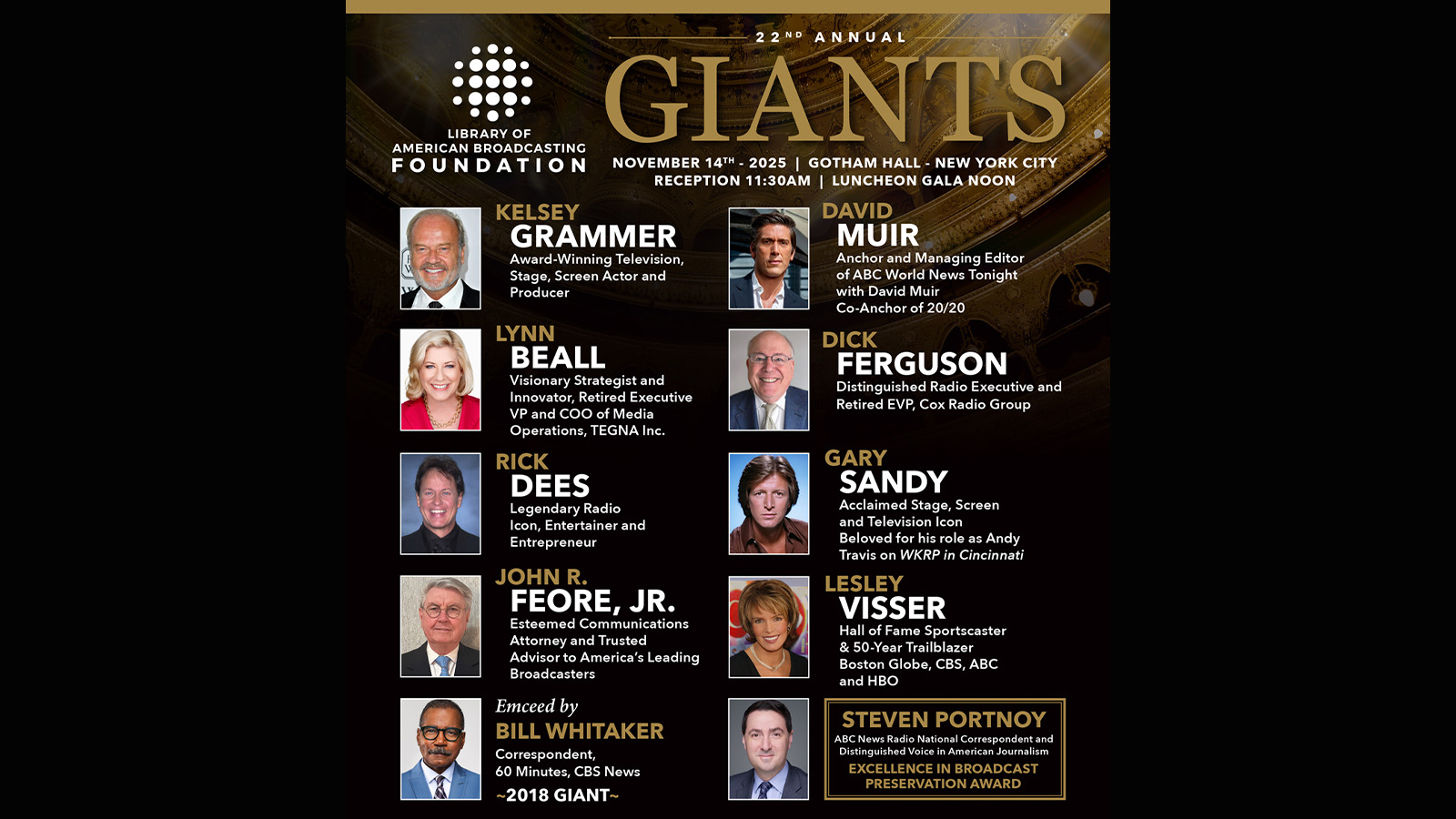DTS Rule Change May Add Millions of New OTA Viewers
The industry welcomes the FCC Report and Order as an enabler of the full potential of ATSC 3.0
WASHINGTON—Broadcasters potentially stand to gain millions of NextGen TV over-the-air viewers thanks to FCC rule changes and clarifications released Jan. 19 that expand the permissible range of signal spillover from DTS (distributed transmission system) transmitters.
The impact of the rule changes will be significant when it comes to the number of people and devices able to receive ATSC 3.0 signals and services, said Erik Langner, president of Public Media Group (PMG), a NextGen TV infrastructure company that will partner with broadcasters to operate ATSC 3.0 facilities.
Estimated population gains for broadcasters in five markets illustrate what the rule change may mean. Comparing big stick transmission to a DTS NextGen TV network received by devices indoor at a height of 1.5 meters, PMG estimates OTA population gains of 4.3 million in Los Angeles; 3 million in Boston; 2.7 million in Miami; 2.5 million in Dallas; and 1.5 million Detroit.

“We have worked with multiple public and commercial broadcasters in various markets to design single frequency networks, and the impact is significant in terms of the number of people and devices that will receive ATSC 3.0 signals and service,” he said.
The 1.5-meter height was selected because consumers are more likely to use an indoor antenna or watch on mobile devices than mount a rooftop antenna at 10 meters, he added.
The new rules remove nebulous language that described permissible spillover beyond a station’s authorized service area as a “minimal amount” and replace it with precise language.
For UHF stations, the rules now mandate the 41 dBu F(50,50) contour for each DTS transmitter in use not exceed the reference station’s 41 dBu F(50,50) contour. The corresponding values for low VHF are now 28 dBu and for high VHF 36 dBu.
Get the TV Tech Newsletter
The professional video industry's #1 source for news, trends and product and tech information. Sign up below.
Langner isn’t alone in the upbeat assessment of the rule change. Both America’s Public Television Stations and NAB, which asked the FCC to make the rule change, lauded the action.
“America’s Public Television Stations applaud the action taken today by the FCC, a welcome endorsement of changes in the current rules that will allow broadcast television stations to unlock the benefits of NextGen TV through DTS operations that better serve their viewers and preserving their commitment to localism,” said Lonna Thompson, executive vice president, chief operating officer and general counsel of APTS.
The FCC Report and Order, released Jan. 19 and adopted Jan. 13, follows a petition for rulemaking submitted by APTS and NAB, which prompted the agency to release a Notice of Proposed Rulemaking leading to the changes.
“NAB applauds the Commission for adopting rules that will allow broadcasters to offer improved service to viewers,” said Ann Marie Cumming, senior vice president, Communications, at NAB. “The balanced approach taken by the order represents a fair compromise that will provide greater certainty to stations seeking to deploy NextGen TV. We particularly appreciate the hard work of the Commission staff in this technical proceeding.”
Pearl TV, which last fall began SFN testing in Phoenix as part of the model market project, welcomed the news.
“We're pleased that the Commission adopted this change to the rules on Single Frequency Networks [a synonym for DTS networks], since it will help broadcasters roll out NextGen TV more quickly and more efficiently,” said Pearl TV Managing Director Anne Schelle.
The rule changes will enable ATSC 3.0 to fulfill its potential, said Jerald Fritz, executive vice president at ONE Media 3.0.
“The promise of 3.0 is the ability to provide robust services—video and data—to all parts of licensed service areas,” he said. “SFNs will enhance that enterprise, and the new DTS rules will enable those new service nodes. So, we are pleased the Commission allows us to enhance our services to more parts of our licensed service areas.”
Merrill Weiss, DTS pioneer and owner of Merrill Weiss Group, sees the rule changes as a positive development.
“The DTS Report and Order goes a long way toward overcoming the most serious limitation that has held back DTS implementation over the dozen years that DTS has been in the FCC’s rules. It will enable providing higher and more uniform signal levels throughout stations’ service areas,” he said.
“It will allow designs of DTS networks to be created with knowledge on the parts of their designers that their designs will be acceptable for authorization. It also will expand the use of DTS to more types of digital stations on a routine basis, now including Class A and Low Power stations in addition to full-power stations.”
Phil Kurz is a contributing editor to TV Tech. He has written about TV and video technology for more than 30 years and served as editor of three leading industry magazines. He earned a Bachelor of Journalism and a Master’s Degree in Journalism from the University of Missouri-Columbia School of Journalism.

